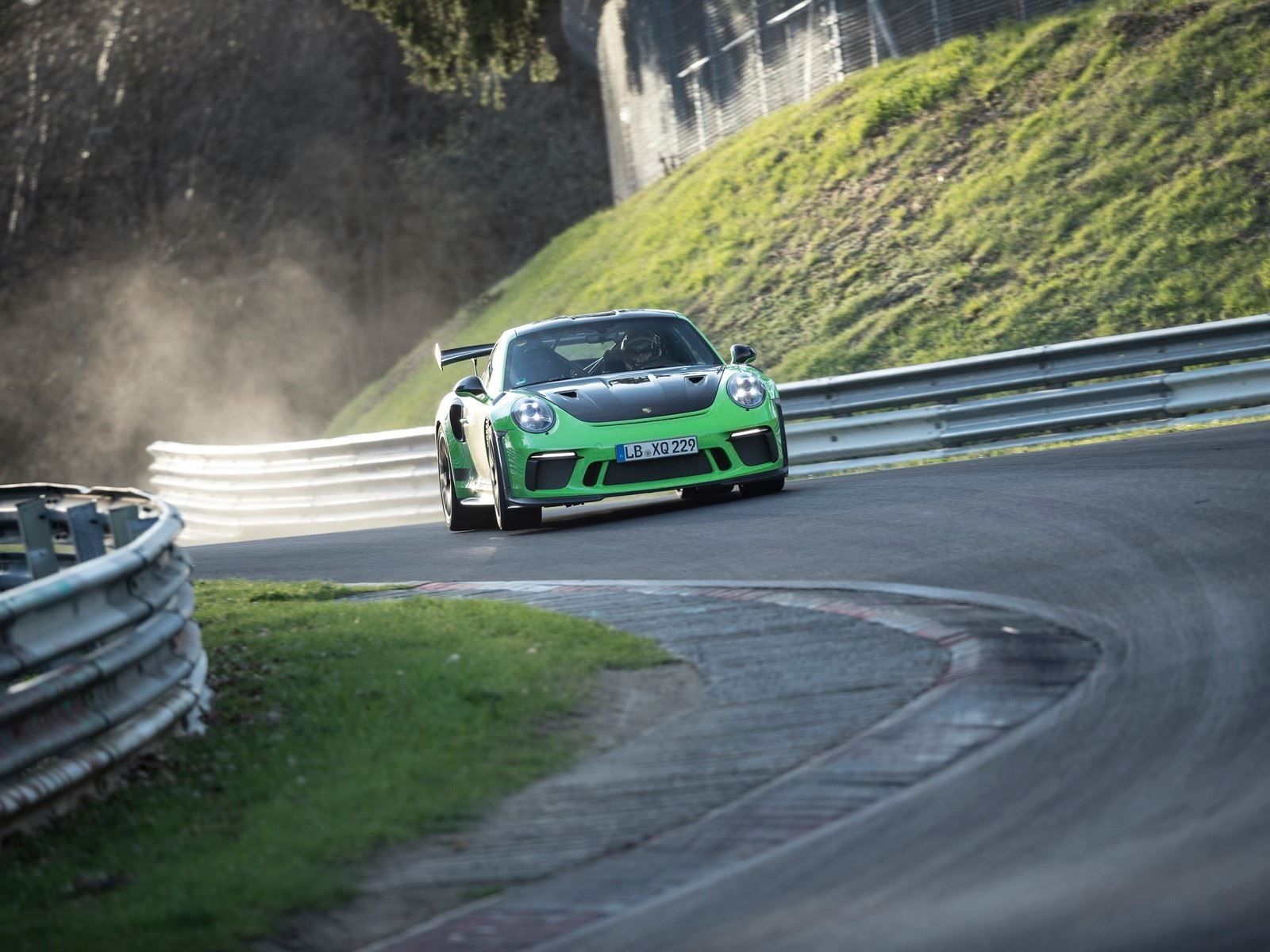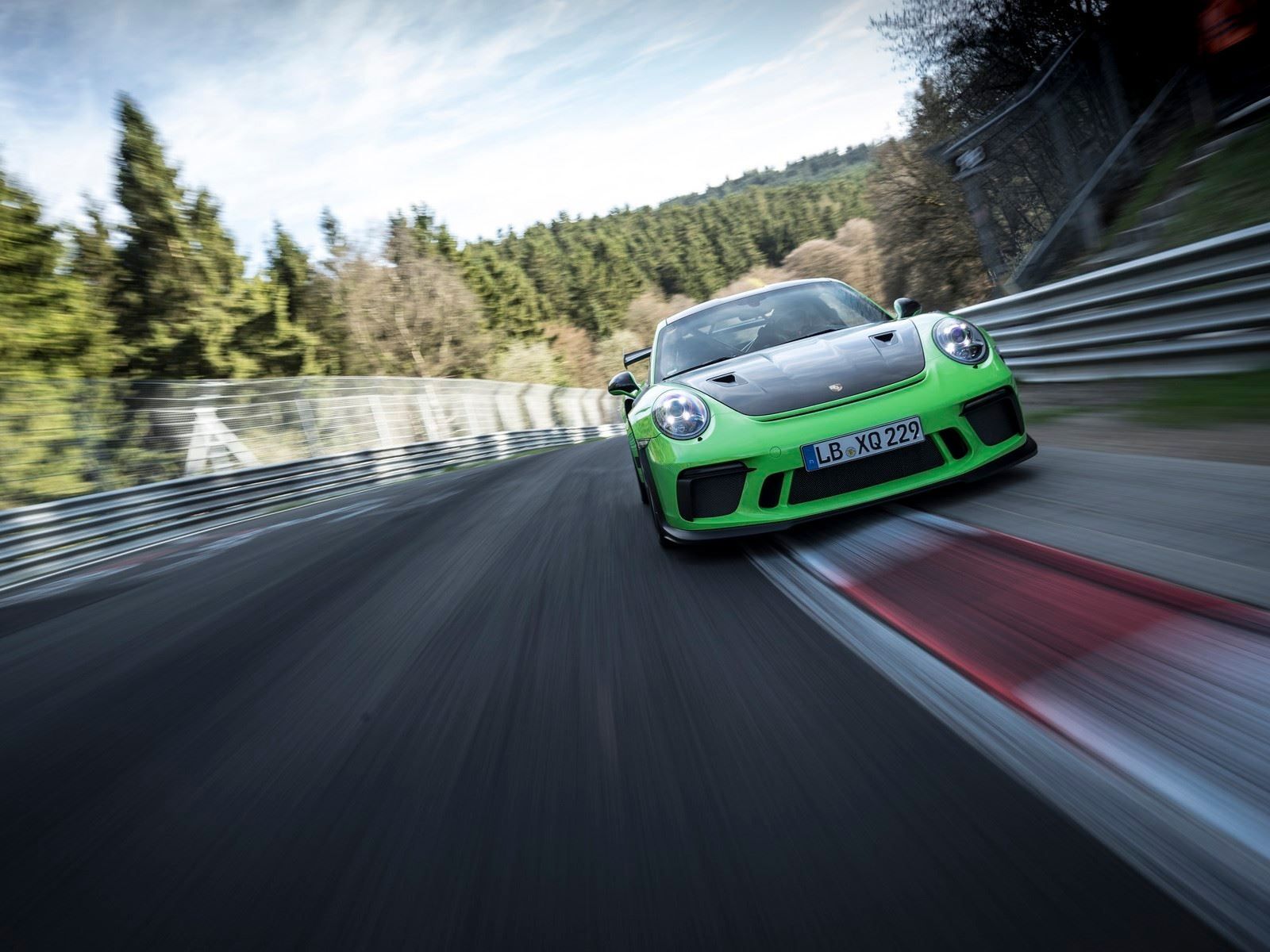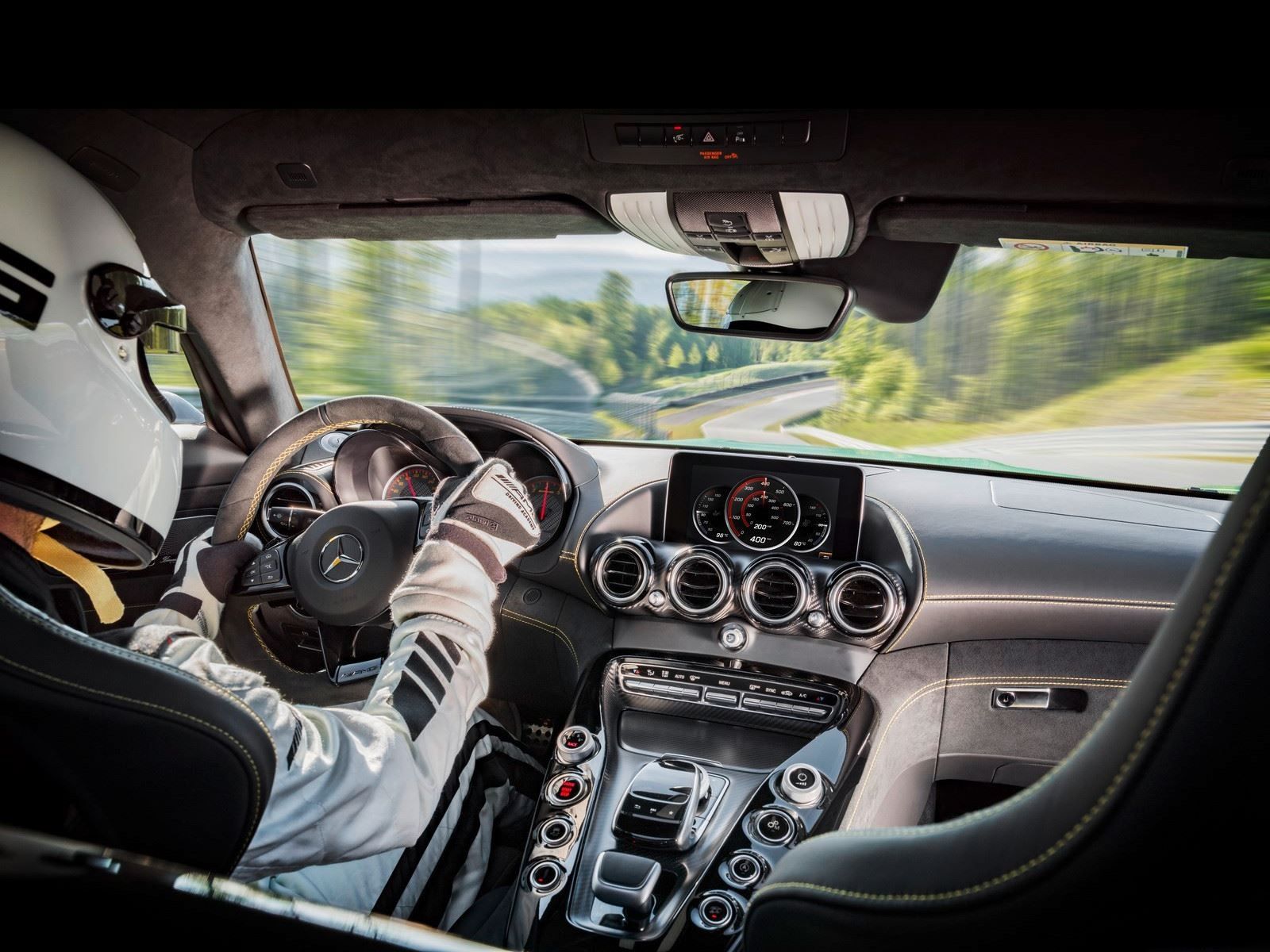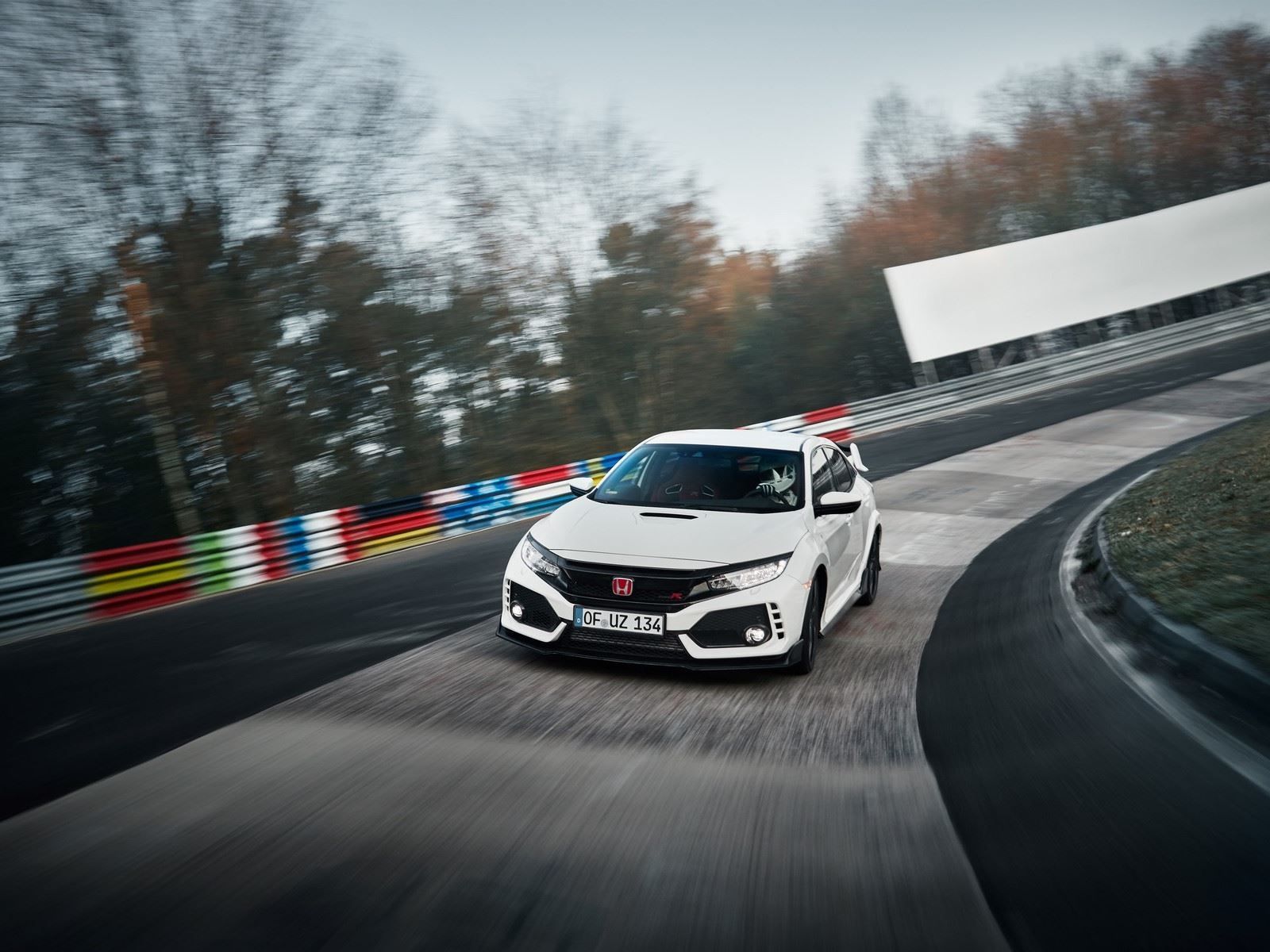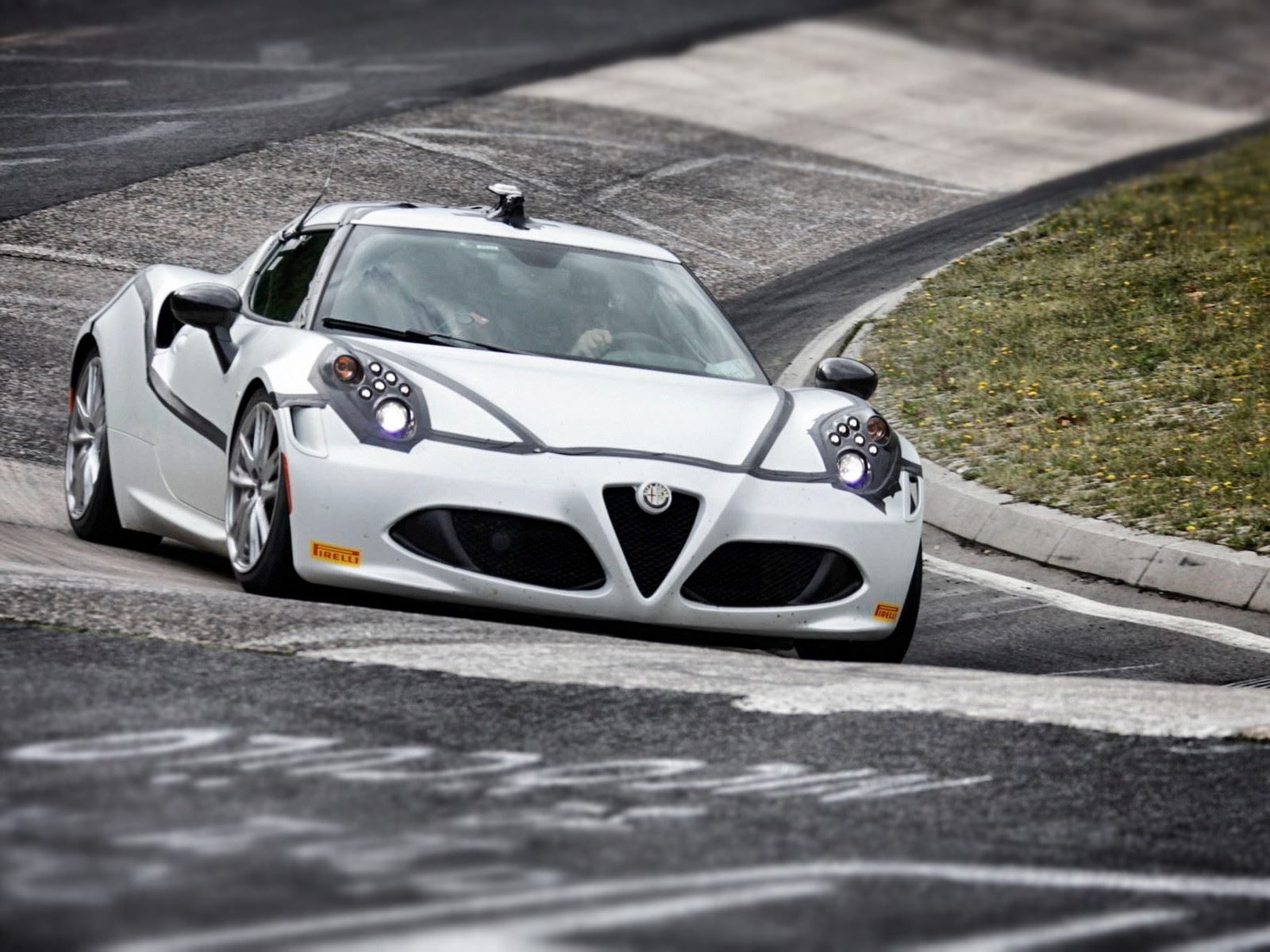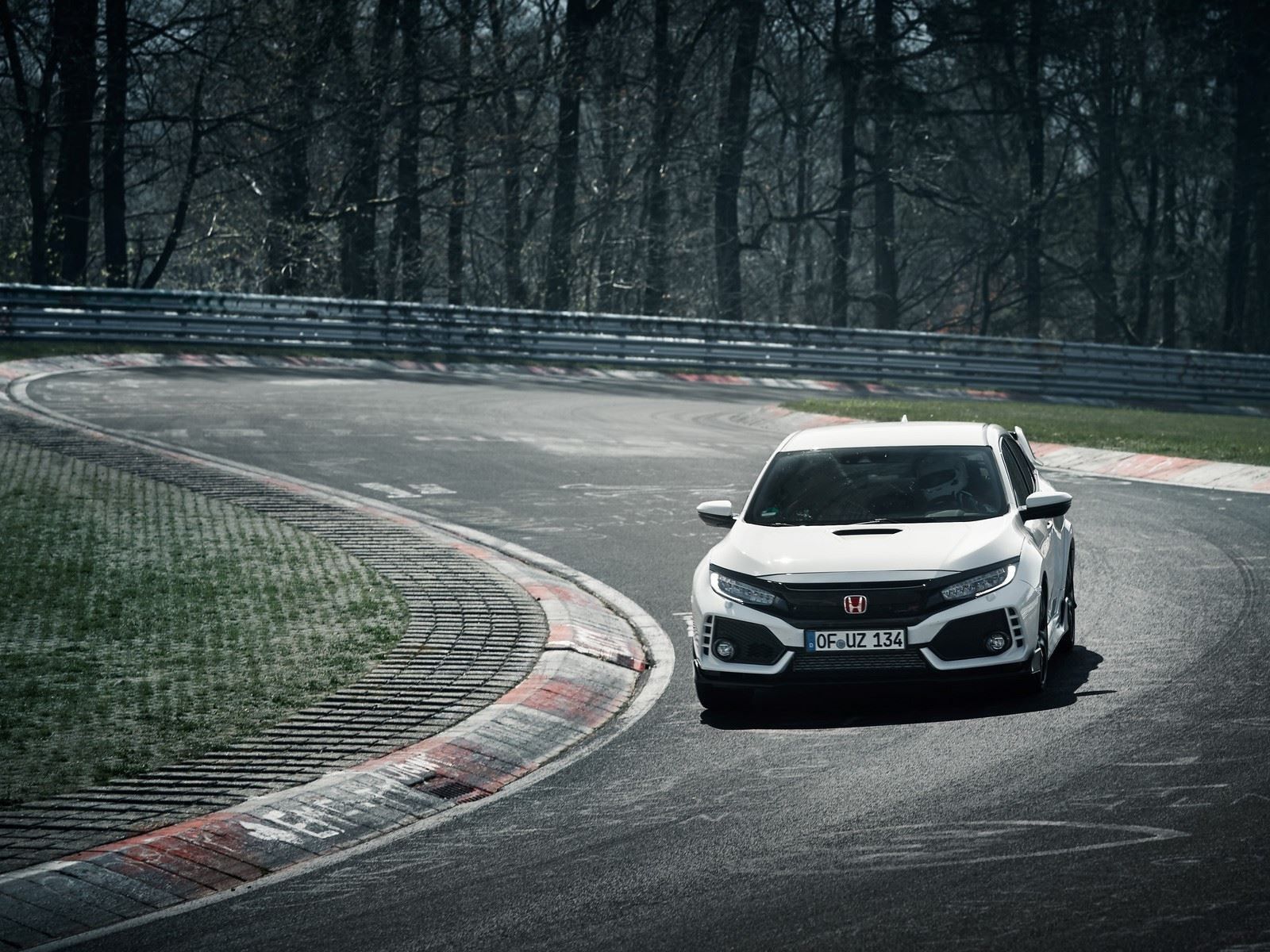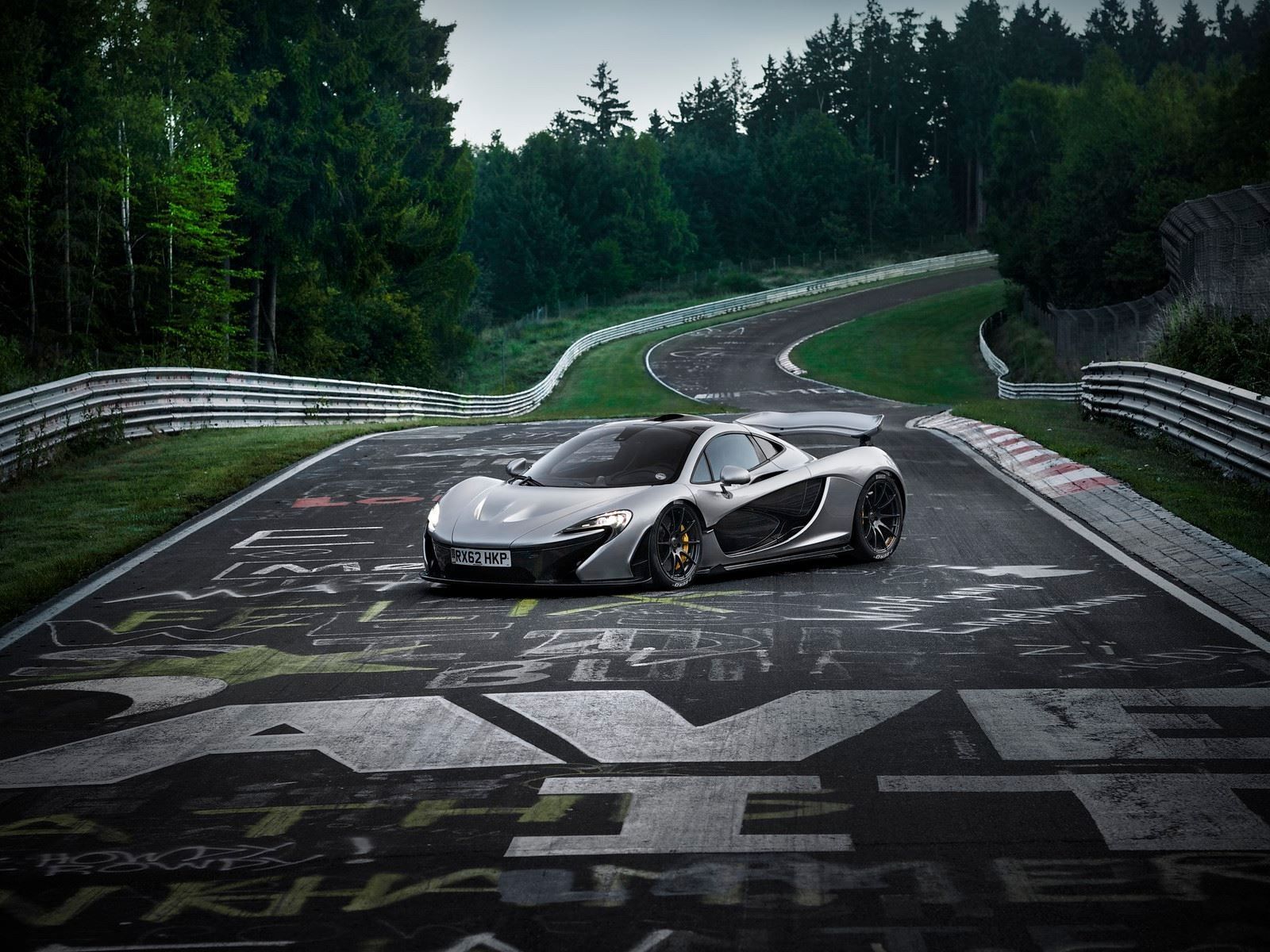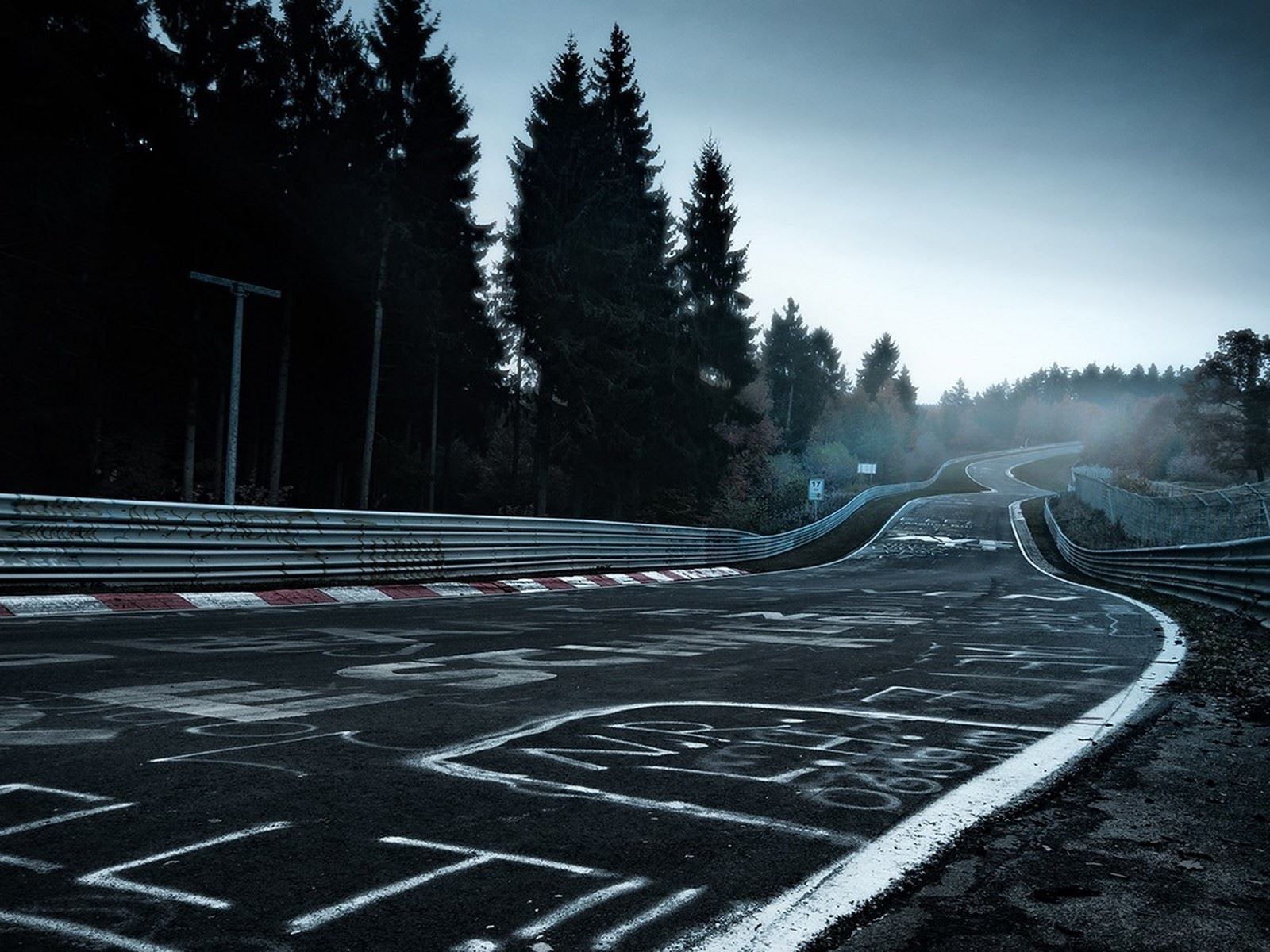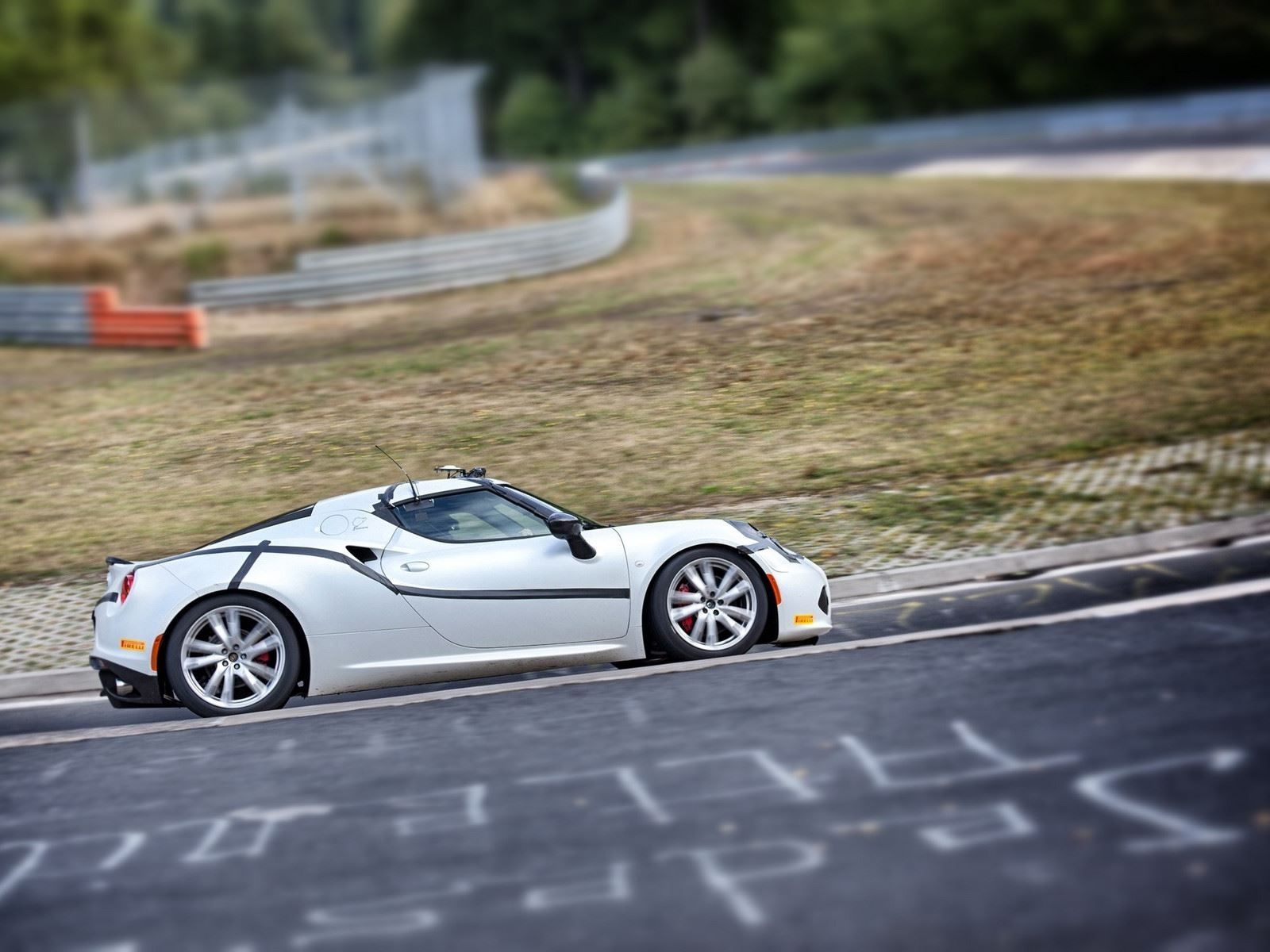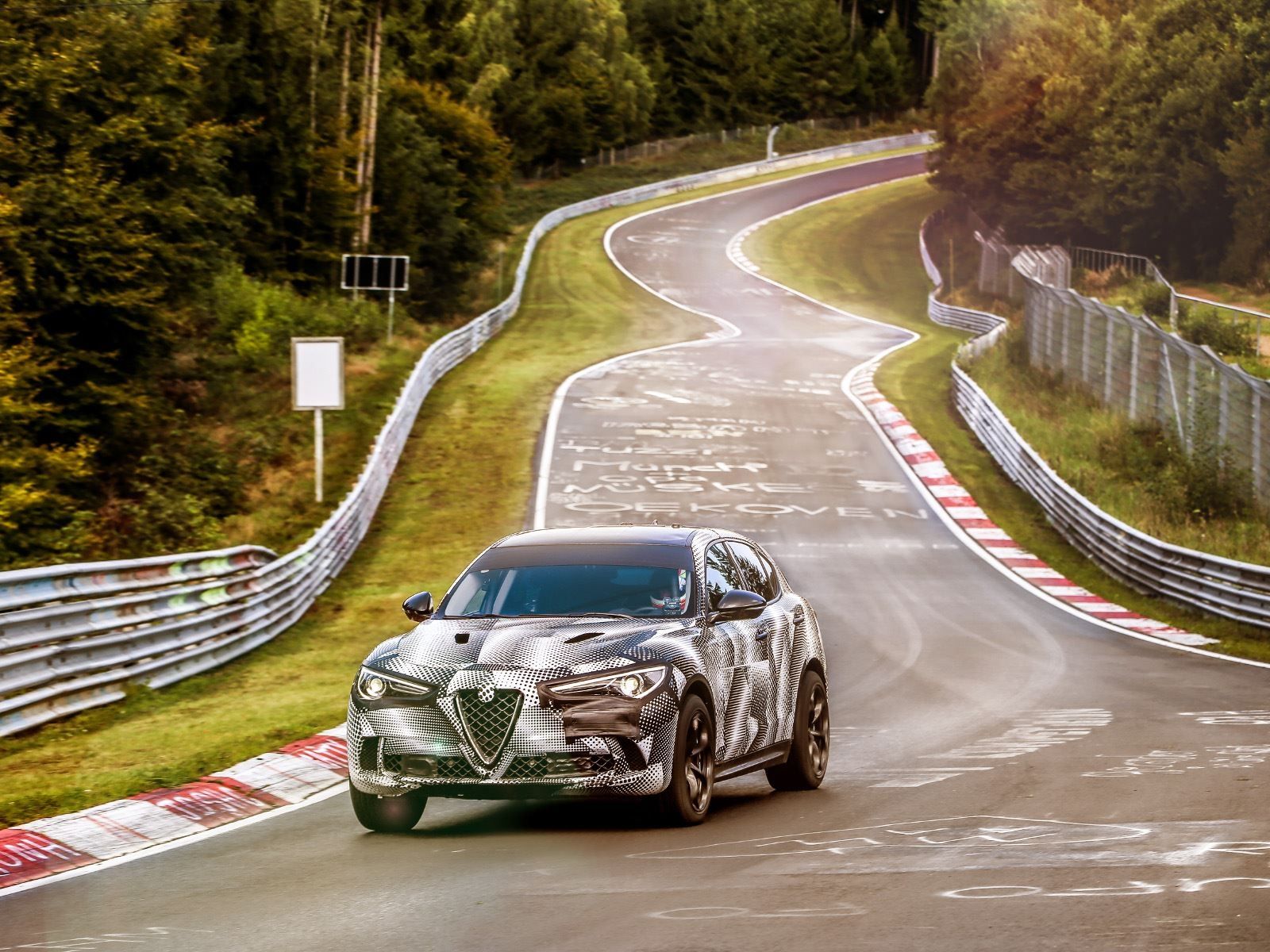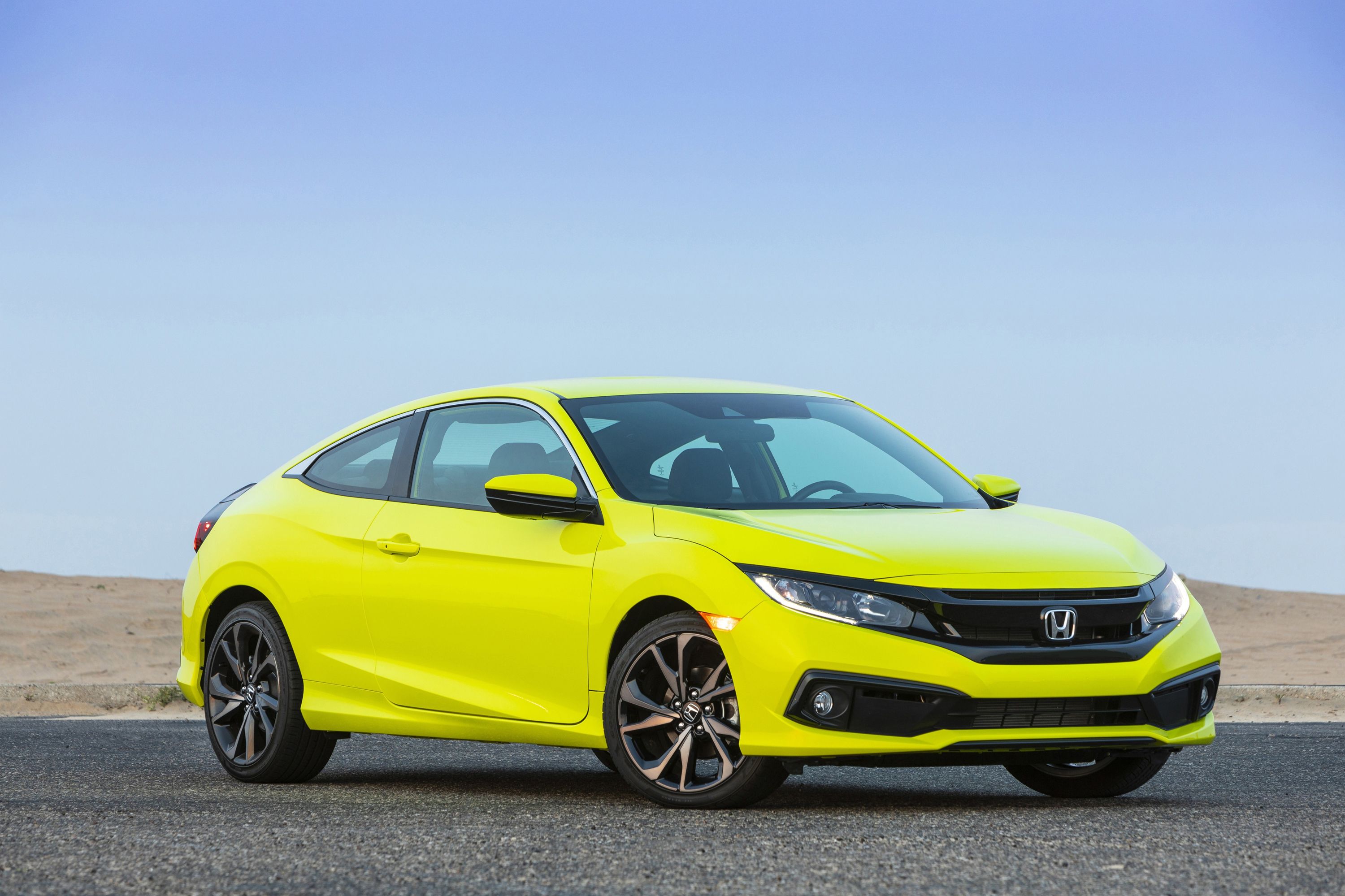
It's now been confirmed that the Porsche 911 GT3 RS – you know the 991.2 generation that debuted in green – has been doing some grunt work down at the Nordschleife and laying down some seriously rapid lap times. How fast? Well, the rumors suggest that several sub-7 minute lap times were recorded, but the quickest has officially been confirmed around the 6:56 mark. That's quicker than a Porsche 918 Spyder, only marginally slower than a 911 GT2 RS, and frankly, it doesn't actually matter at all.
You see, Nurburgring times aren't the measure of a car's performance, and it's about time we stopped judging them on the arbitrary figures that manufacturers spew out. It's not that the figures aren't impressive, or that the cars setting these lap times aren't impressive at what they do, but the Nurburgring lap time bragging right is a flawed notion in so many ways.
No Regulation On Lap Times
First of all, there's no regulation on lap times. Though the Nurburgring is run as a business, it's not in the business of monitoring and recording lap times set by each and every car that goes out there. Instead, lap times are recorded by the manufacturers themselves, and it isn't always clear how the laps are measured. You'd think it'd be as simple as the time measured from start line to finish line, but when it comes to bragging rights, theoretical lap times are often far more impressive. Run four separate laps, even consecutively, and you'll likely find you performed better in different sectors.
The odds of your best sectors all occurring on one lap are highly improbable. In theory, your best lap would be quicker than the best actual time that you recorded. Manufacturers leverage this to their advantage, claiming bold lap times based on compiled data for a given set of runs. Sometimes, they don't even base their start from the starting line of the track, but rather taking a 'middle to middle' time instead. No one polices this, no one monitors this, and so ultimately, no one knows if the lap times we're fed are legitimate, or if they're merely concocted – through theory or desperation – for the marketability of one-upping the nearest rival.
Ideally, in the Utopian paradise of a perfect motoring world, there would be a central governing body, one that would measure, time, and validate every manufacturer run to give us a correctly timed lap for factual analysis. But this isn't likely to happen any time soon, so it's best to not get our hopes up.
Are The Cars Really Production Spec?
This ties in with the whole regulatory body notion – as without a body to govern Nurburgring records, manufacturers are given free reign to do as they please. But the question needs to be asked – how sure are we that the vehicle setting a lap time is really the same as the one you can buy off the showroom floor? Take Honda for example. It's been very proud of every record set on the Ring, particularly the one set by the previous iteration of the Civic Type R hot hatch.
But when it boldly claimed several years prior to release that the Type R would definitely be the fastest front-wheel drive car around the Ring, it would've left the Japanese brand with a healthy dosage of egg upon its face had it failed. It didn't, or at least if we go by their claims – setting a lap record of 7:50.63 to become kings of the Ring once more. But, the vehicle used was a 'pre-production prototype', one that didn't have a radio or air conditioning setup, nor back seats. That right there is what I call weight saving – a crucial aspect of going faster. But no, Honda claimed that the roll-cage fitted to the car – not an option available at your local dealer – offset the weight of these ancillaries exactly.
Furthermore, the roll-cage existed for the safety of the driver, but in no way made the Type R more rigid, allowing it to set the time it did. I smell a rat. Honda isn't the only ones to have lapped the Nurburgring with non-production equipment. Porsche did it when the Panamera beat Alfa Romeo for the title of fastest sedan – with the video clearly demonstrating a roll-cage, and a driver fully clad in race gear strapped into a six-point racing harness. Meanwhile the Giulia Quadrifoglio interior footage displayed the typically Italian, incredibly stringent safety standards of jeans and a pair of sneakers.
If Nurburgring lap times are supposed to be the measure of how fast a production car can lap the circuit, then why aren't they in real production form? It's problems like this that cast aspersions on whether or not the cars are running at higher power outputs, or on road-legal tires, or with any other non-standard running gear. We know that we, as mere mortals, probably couldn't dream of lapping even half as quick as the manufacturers claim is possible, but it makes us feel like heroes knowing that our daily driver could do it if we were up to the task. How are we supposed to feel then knowing that our cars really aren't up to the task after all?
The Nurburgring Ruins Cars
The Nurburgring isn't bad for car development on the whole. But cars developed with the sole purpose of lapping the Nurburgring quickly are very often ruined as road cars. In setting up a vehicle for a race track as demanding as the Nordschleife, suspension is tuned to be overly harsh, resistant to roll, but not absorbent when it comes to imperfections on the road surface. When shaving seconds matters more than anything else, the aspects of a good daily driver get tossed out the window.
Race cars aren't built to be pliant and comfy – and when you're aiming for a lap record on the Ring, you're essentially building a race car. Cars made to lap quickly are serious machines, devoid of humor and character. Sometimes, the most enjoyable cars will be the ones that lap a second or two slower, but feel so much better to drive. Take the Ford Focus ST for example – Ford test and develop on the Nurburgring, but acknowledges that setting Ring times is flawed. Instead, it engineers cars for enjoyment, and cars like the Focus ST and Fiesta ST for that matter are resounding proof that a car doesn't even have to set a Nurburgring lap time to be enjoyable.
Don’t Rubbish The Ring Entirely
The facade of Nurburgring lap times is a flawed one – it's a pissing contest in which there are no regulations, and no guarantee that the time claimed was set in one go, or even in a vehicle that was actually in production specification. But it is a fun contest nonetheless, and the bar-room antics of playing Nurburgring Top Trumps will likely never become outdated. But Nurburgring lap times are not the be all and end all of a car's being. There's more to cars than the numbers they lay down in the hands of a professional – there's how they make you feel, how they interact with you, how they connect with you on a spiritual and emotional level.
The numbers may be impressive, but with the exception of a handful of cars like the Dodge Demon, numbers don't define a car's value – at least not its financial value. Nurburgring lap times are a good benchmark, a worthy benchmark in many aspects, but they should be just one facet used to judge a car by. Take them with a pinch of salt or a handful at times. After all, the likelihood of you or I being able to eke out times like manufacturer claims are next to nothing, and when you realize that, you'll realize that the other aspects we do get to experience are the ones that will be far more worthwhile and enjoyable in the long run.

